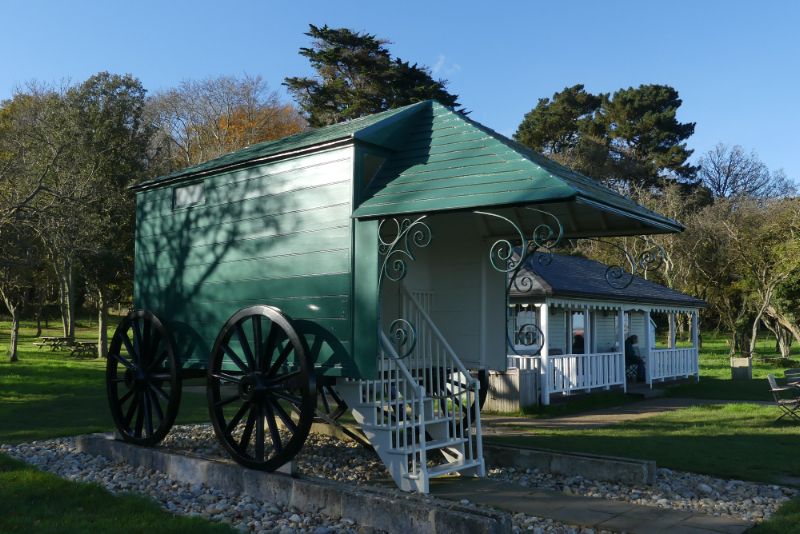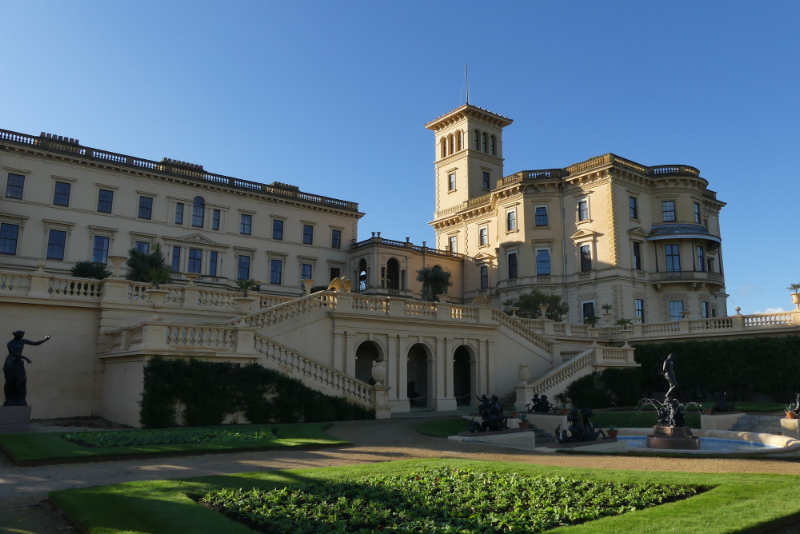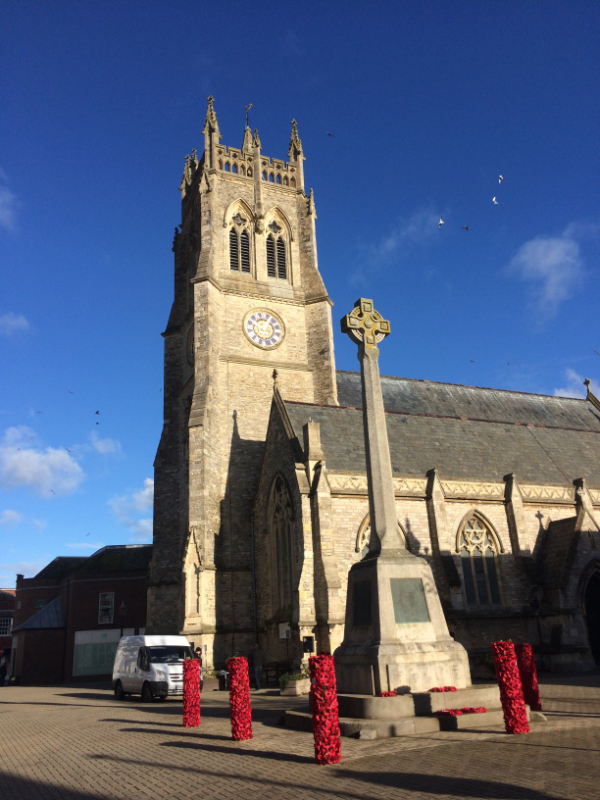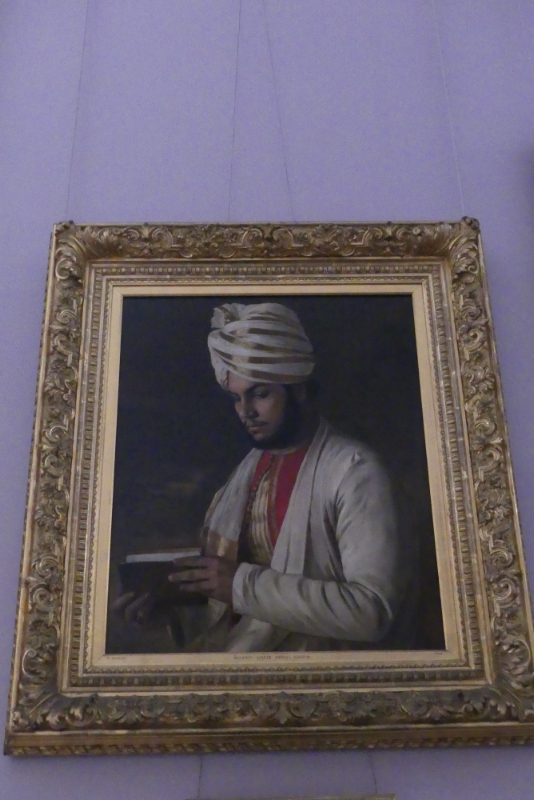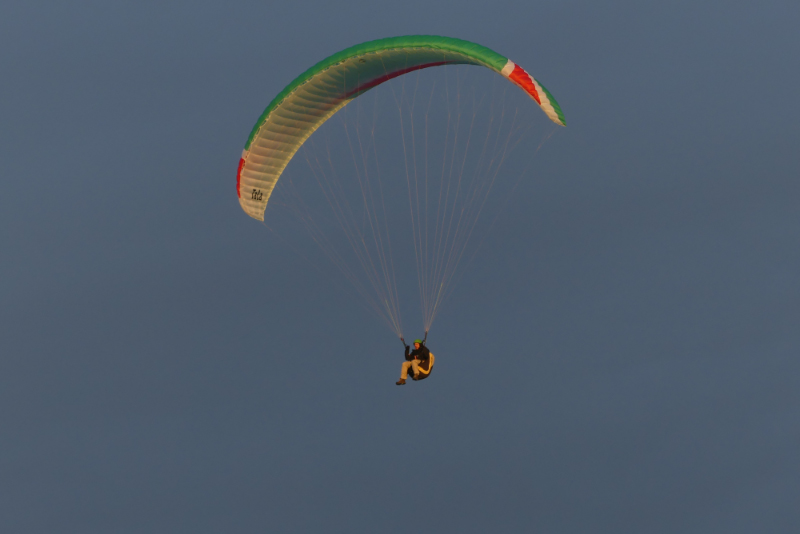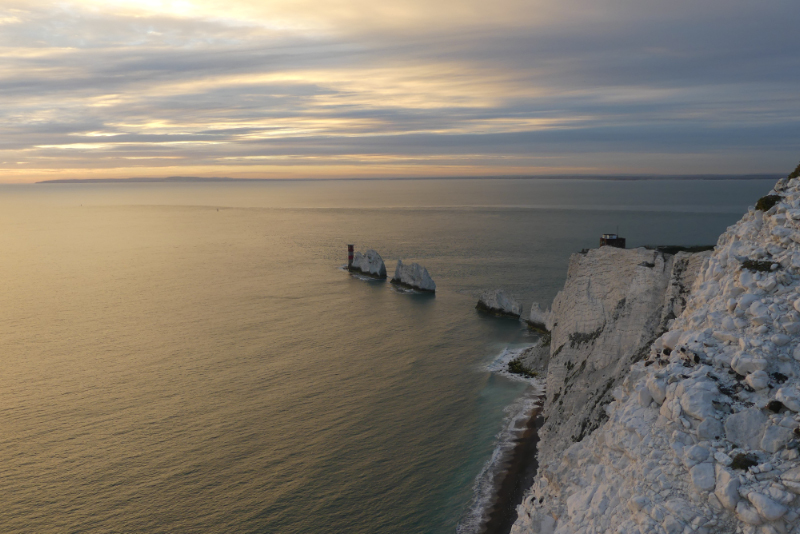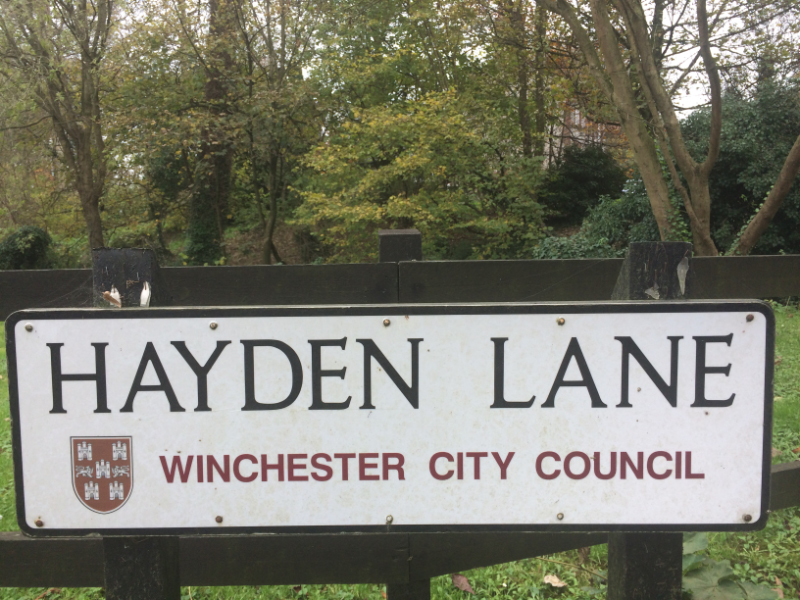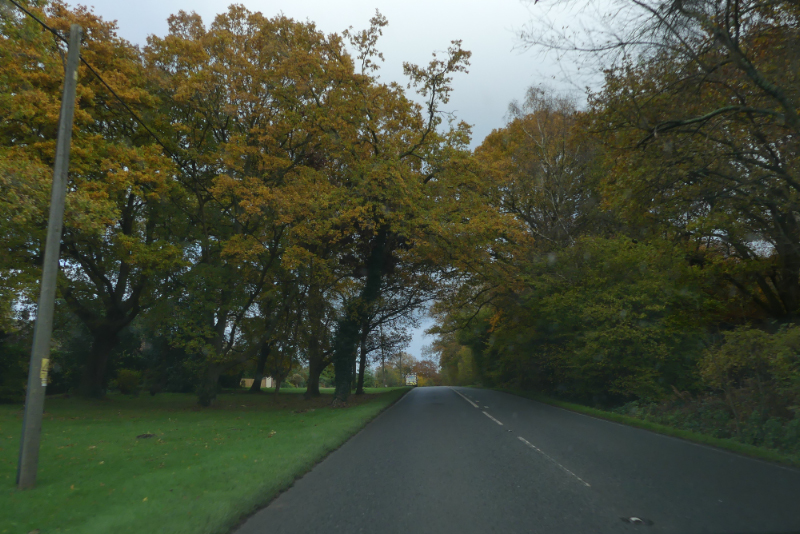Saturday 11 to Thursday 16 November
We found a pub called The Wheatsheaf in the centre of Newport on the Isle of Wight to stay at. It is in the centre of town, has an open fire and a restaurant, and beer of course – very comfortable.
Our primary destination was Osbourne House the family retreat of Queen Victoria and Prince Albert. It was built between 1845 and 1851 in an Italian Renaissance style designed by Prince Albert, on the site of a house previously owned by the Blachford family.
Osbourne House was the royal family’s retreat from the stresses of court life. There are many elements in the house that were designed specifically with family relaxation in mind.
We wandered around the grounds, to the beach and through forests.
The Swiss Cottage, about a mile away from the main house, was built as a children’s retreat. It was a reassembled cottage brought from Switzerland. The children learnt to grow fruit, vegetables and flowers and to cook in the fully functioning kitchen. There was even a small playground set up as a battle field, where Arthur and Bertie learnt to play war games.
Queen Victoria had a bathing machine at the beach where she could change and enter the water in a typically Victorian discreet manner. Her bathing machine was somewhat more ornate than usual and even included a plumbed-in WC.
We toured the house, well only the lower level. Upstairs, are the living quarters, but they are only open during the summer months, and this was not summer.
We visited:
- the Council Room where Alexander Bell demonstrated his new invention, the telephone;
- the Audience Room with its stunning chandelier;
- the luxuriously decorated Dining Room and the Billiard Room where even Queen Victoria played billiards and;
- the Durbar Room, finished in 1891, which was the most elaborate, even decorated with Hindu motifs.
In 1867 Queen Victoria engaged her first Indian servant. She was very attached to her Indian servants, even having special livery designed for them and building a separate wing for them to live in. She was proclaimed Empress of India in 1876, but never visited the country. In 1886 she commissioned the Austrian artist Rudolph Swoboda to go to India and paint portraits of Indian people, which she enjoyed very much.
In 1876, as a tribute to Queen Victoria, the Government House of the colony (now State) of Victoria, Australia, was constructed as a copy of Osborne House.
We also wandered through the fruit and flower garden which was designed by Prince Albert. He certainly kept himself busy in and around Osbourne House.
The following day we toured around the Isle of Wight.
First stop was to see some interesting ruins of a Roman Villa at Brading, thought to have been built around AD 43. It was enriched over the next couple of hundred years until a fire destroyed it. The ruins were then modified to process farm produce around the 4th century.
The villa was rediscovered in the 1880s. Sadly the labourers employed to excavate the site used crude techniques and much evidence was simple shovelled away. As we travel we see more evidence of ruins left as they are with little intervention other than careful removal of topsoil.
This site is renowned for the mosaics, especially the Cock-headed man dressed as a Lanista (trainer of gladiators) or Venator (hunter of animals in the arena). There was another mesmerising mosaic of Medusa with the Four Winds representing the changing seasons.
We drove on to Ventnor, a popular seaside resort on the south-east coast of the Isle of Wight. In November it was a very sleepy place, the only sign of life was a little boy with his dad and his dog, playing on the beach.
We continued clockwise around the island to The Needles. This stack of three chalk rocks sticks out of the western extremity of the Isle of Wight. The fourth stack, which was needle-like was called Lot’s Wife. Although it collapsed in a storm in 1764, the name of the needle has stuck.
As we arrived a fox was en guard. The beautiful creature was not disturbed by us and seemed to watch over our car until we returned from the long walk to the lookout.
We reached the Needles late in the day, with the sun reflecting beautiful colours over the cliffs.
In 1862 a Victorian fort was built above the Needles as part of a defence chain, when England feared an attack by the French under Napoleon III. The Old Battery was used throughout both world wars and was finally decommissioned in 1945. It is now a National Trust property.
Further up the headland is the New Battery which was completed in 1895, as there was concern about cliffs crumbling around the Old Battery. British rockets were secretly tested here, prior to being taken to Woomera in Australia for launching.
Our last stop in England was in Winchester. But it took a drive through the South English Downs both to Winchester from the Isle of Wight and from Winchester to Gatwick airport for our next adventure.
As children of the 60s music, we had to see the cathedral that was the namesake of the song – about the church bells that failed to alert as ‘my baby left town’. At the time it was an unusual hit, reflecting the British music hall era of the 1850s to 1920s. It was knocked off the US charts by the Beach Boys Good Vibrations and a second time by the Monkees I’m a Believer. What memories!
Winchester Cathedral is one of the largest in Europe and a beautiful Gothic style. The cathedral started life in 642 and is the resting place of Saint Swithun, Bishop of Winchester from 852 to 862, known for his post-humus miracles. The cathedral has seen funeral, marriages and coronations of kings and queens up to 1554.
Jane Austen is buried in the cathedral, and an installation is dedicated to her. She had been living in nearby Chewton but came to Winchester in the hope of finding a cure to her unknown illness. That didn’t happen.
We avoided the major roads and found our way to Gatwick airport through the South Downs – a pretty drive. And like everywhere else we have been, there were road works.
With the cold winter enveloping England, we flew out to some place colder – New York.
e_header.jpg)







